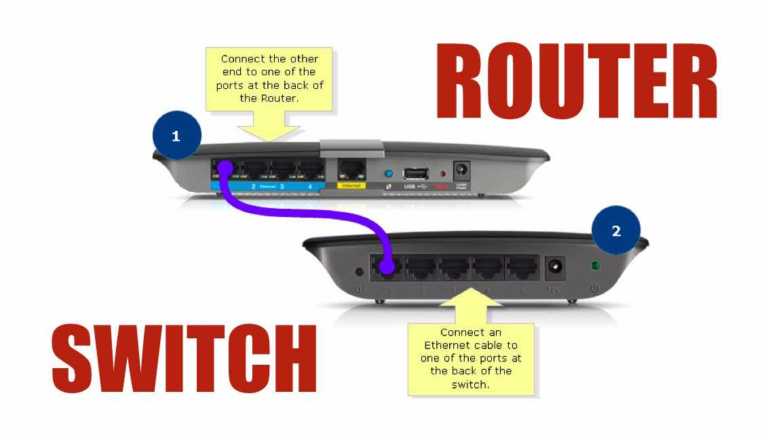What Is Windows Page File? Will Disabling It Make My PC Faster?
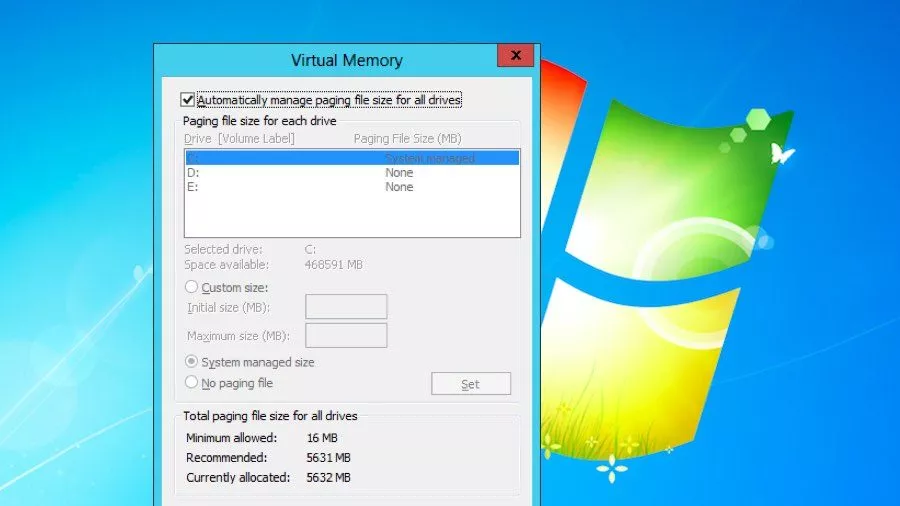
Short Bytes: Windows operating system often uses page file as a “backup RAM”. When the installed RAM on your PC gets filled, Windows uses page file in an intelligent way to ensure smooth performance. While some of you might assume that having lots of RAM makes page file useless, in the real-world application disabling it causes more harm than good.
What Is Windows page file? How does it work?
Windows Page File, also called a paging file or a swap file, is a file that’s used to store data temporarily. The page file turns out to be useful when the installed RAM of your PC gets filled. The page file in Windows operating system is located (and hidden) at C:\pagefile.sys.
Most of you might be acquainted with the working of RAM. The PCs use the RAM to store the relevant files and data of the programs that are being used. RAM is much faster than your computer’s hard drive, that’s why it’s preferred for this function.
Let’s suppose you’ve opened lots of browser tabs and programs on your PC, and your RAM is full. In this situation, the Windows operating system shifts some data (the least used “pages” of memory) from RAM to the page file located on your hard drive. In other words, if some application has been inactive/minimized for a while, Windows moves its data to the page file and assigns the RAM to other applications that are being actively used. So, page file also acts as a backup memory.
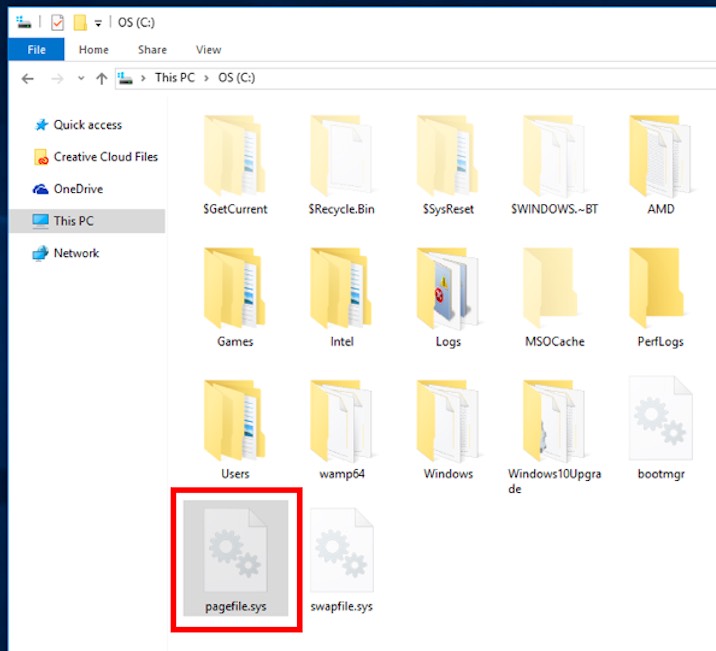
You might have experienced lagging performance when you try to accomplish many RAM-thirsty tasks at once, which means that Windows is using page file and you need more RAM.
In modern computers that come loaded with tons of RAM, the page file doesn’t play a major role in normal usage.
Also Read: What If I Never Shut Down My Computer?
Should you disable Windows page file for performance improvement?
Imagine a situation when you’ve got lots of RAM installed on your machine, let’s suppose 32GB. This means, your RAM won’t be filling up during a memory-intensive task. So, why do you need a page file that’s NOT as fast as RAM? Can you disable page file and force Windows to move all virtual memory to RAM?
Well, let me tell you that things don’t work this way. Bigger RAM size doesn’t ensure that your PC will perform better without a page file.
In such cases, there’s NO performance improvement. Microsoft itself clarifies on its blog. The company busts this myth by telling that having a paging file means that “Windows can write pages on the modified list (which represent pages that aren’t being accessed actively but have not been saved to disk) out to the paging file, thus making that memory available for more useful purposes.” This means that having a page file will ensure more memory in any case.
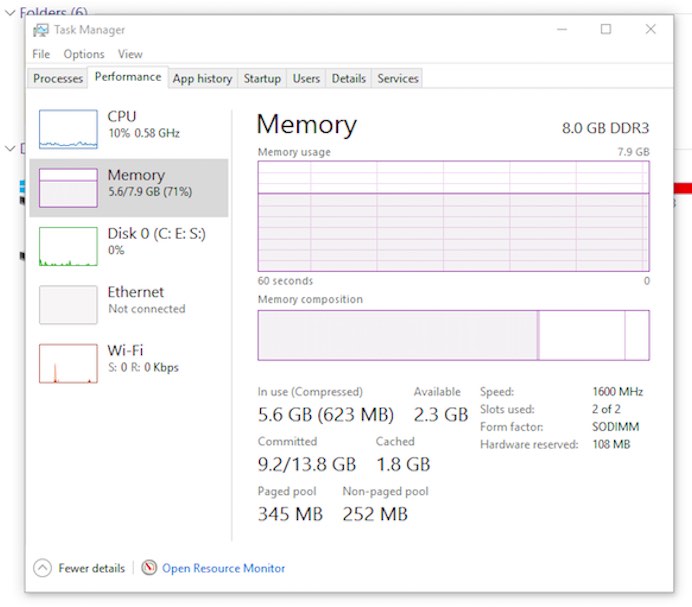
While there might not be any noticeable performance improvements, it can bring many troubles. If your programs start to consume all the RAM, they’ll crash as there won’t be any page file for swapping. Your system might become very unstable and unusable.
There might be some instances when some applications will even refuse to run. Overall, be prepared to face many weird instances. Also, check out our detailed article on how to make windows 10 use less RAM.
How big should be my paging file?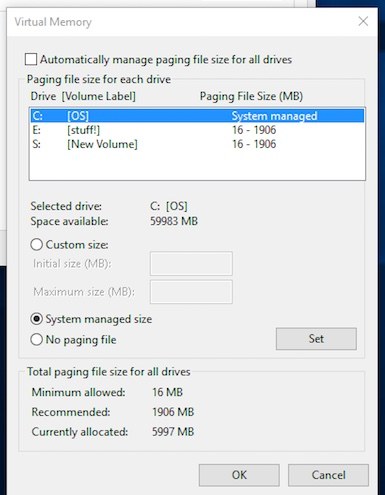
This is another major question that’s asked in any page file discussion. Commonly, it’s suggested that the RAM size should be multiplied by some factor like 1.2, 1.5, or 2 to obtain the size of page file.
Well-known Windows expert Mark Russinovich gives a formula that tells that the minimum page file should be the Peak Commit minus Physical RAM, and the maximum limit should be its double.
For example, if your PC has 6GB of RAM and your peak memory usage was 7.5GB, your page file should be at least 1GB. The maximum safe limit should be 3GB. Just in case your PC is configured to crash dumps, the page file must be large enough to back the system crash dump setting. You can read this Microsoft article for detailed information.
Did you find this article on Windows page file helpful? Don’t forget to drop your feedback in the comments section.
Also Read: What Is A Batch File In Windows? How To Create A Batch File?




